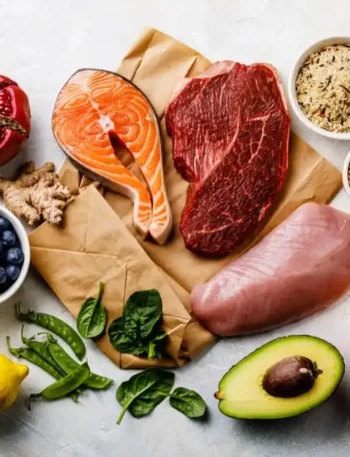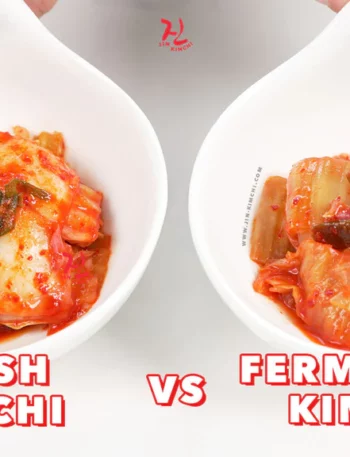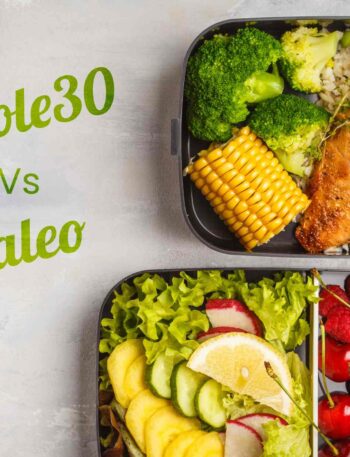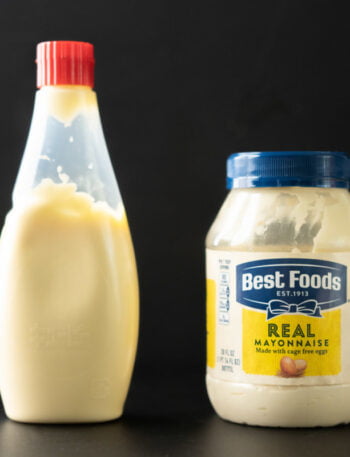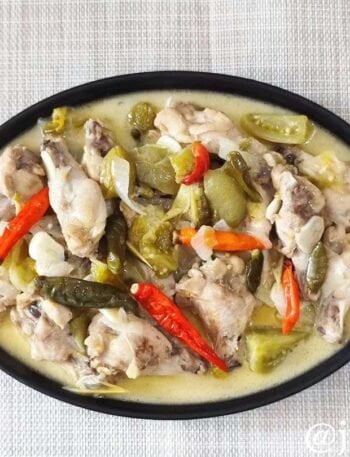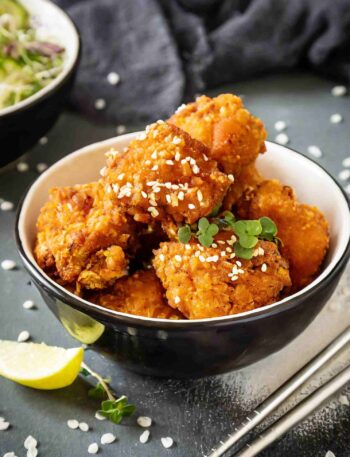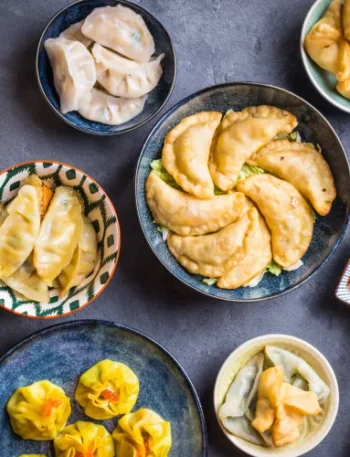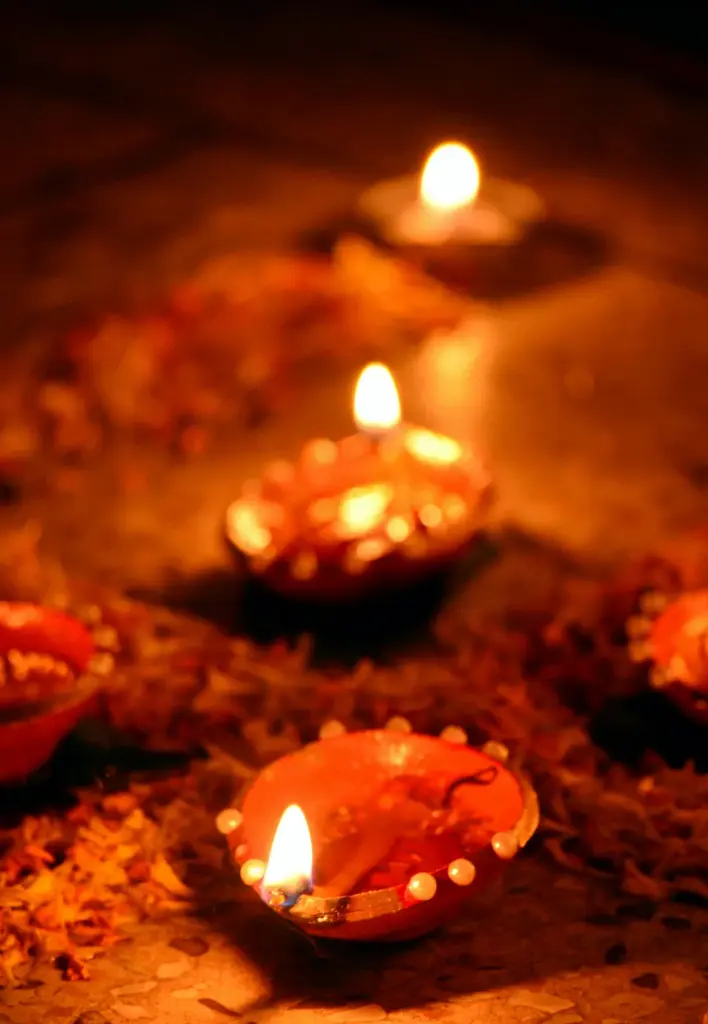
Diwali, the Festival of Lights, is a time when homes across India glow with the warm flicker of lamps, and the aroma of festive treats fills the air.
This is a holiday celebrated by Hindus, Sikhs, Jains, and even non-religious Indians worldwide, marking new beginnings, the victory of light over darkness, and of course, indulging in traditional, lovingly prepared foods.
Now, as any Indian (or Diwali-loving foodie) will tell you, you can’t think of Diwali without thinking of sweets and snacks that are so good they deserve their own holiday.
I remember my first real Diwali celebration — beyond the fireworks and lights, what struck me most was the variety of flavors on the table, each with its own story, each more tempting than the last. Here’s a closer look at some classic dishes that make Diwali as delicious as it is luminous.
Mithai
If there’s one thing you’ll find in abundance during Diwali, it’s mithai — traditional Indian sweets that come in every color, texture, and flavor imaginable. But what makes these treats more special than any other dessert? Let me set the scene.
Picture a family kitchen, bustling with generations of recipe-sharing, as mothers, grandmothers, and enthusiastic kids stir, mold, and sprinkle. Each mithai, whether it’s barfi, ladoo, jalebi, or kaju katli, isn’t just a sweet — it’s a little piece of the family’s heritage passed down over hundreds of Diwalis.
- Kaju Katli: This diamond-shaped cashew delight is arguably one of the most popular Diwali sweets. Smooth, rich, and often topped with a thin sheet of edible silver, it’s like a bite of royal decadence. Kaju katli is one of those treats that has you saying, “Just one more,” until the box mysteriously empties.
- Gulab Jamun: Now, gulab jamun is practically dessert royalty in India. These fried dough balls soaked in sugary syrup are usually warm, sticky, and melt-in-your-mouth. With hints of cardamom and saffron, it’s as if each bite says, “Happy Diwali, have some extra joy!”
- Besan Ladoo: Made from gram flour, ghee, and sugar, besan ladoo is a traditional sweet with a nutty aroma that perfumes the air. Some say they’re shaped like small suns to symbolize light and good fortune — a perfect fit for Diwali’s theme.
Savory Snacks
Now, if you’re like me and have a taste for savory with your sweets, Diwali snacks won’t let you down. You need something salty and crispy to break up the sugar rush, right? Indian kitchens churn out a colorful lineup of crunchy munchies during Diwali, each one adding to the festival’s joy.
- Chakli/Murukku: These spiral-shaped, crunchy delights are made from rice flour and spices, fried to perfection. Chakli (known as murukku in South India) has a satisfying crunch that’s almost meditative. Growing up, I remember my neighbors making batches upon batches of these for Diwali, and the sound of that crunch is still etched in my memory.
- Samosa: Can we even talk about Indian snacks without mentioning the samosa? Stuffed with spicy potatoes, peas, and sometimes nuts or dried fruit, these triangular delights make a perfect companion to Diwali tea breaks. Biting into a warm, crispy samosa filled with spiced potatoes feels like a hug from your favorite aunt.
- Mathri: A North Indian staple, mathri is a flaky, savory biscuit that’s seasoned with ajwain or carom seeds, giving it a unique, slightly tangy taste. Dipped in homemade mango pickle or just eaten on its own, mathri is like the quiet cousin that doesn’t draw attention to itself but is loved all the same.
Drinks to Warm the Soul
Alongside the sweets and snacks, Diwali is also about sitting down with loved ones over a warm cup of something special. Since Diwali falls in autumn, a few festive drinks add warmth to the celebration.
- Masala Chai: The classic Indian tea spiced with cardamom, ginger, cloves, and cinnamon is a comfort drink in many Indian homes. There’s something about sipping on a hot, spicy chai in the middle of the Diwali bustle that just feels… right. It’s the pause before the next burst of firecrackers, laughter, and yet another round of sweets.
- Badam Milk: This creamy almond milk infused with saffron and cardamom feels indulgent and celebratory. Served warm, it’s like drinking a hug from the inside out, and some families add a sprinkle of crushed nuts on top for texture.
The Deeper Meaning of Diwali Foods
What makes Diwali food so special is not just the taste but the thought and love that goes into preparing it. Diwali is a time for forgiveness, family, and new beginnings, and sharing food is a way to build and renew those bonds.
Many people go the extra mile, preparing these treats themselves instead of just buying them — there’s something sacred about the effort, even if it means spending an entire weekend elbow-deep in flour and sugar.
The truth is, no matter how much food is prepared, it always seems to run out. Guests show up with empty tiffins, and by the end of the night, everything’s packed up for them to take home. After all, as the saying goes, “Joy shared is joy doubled.”
So, the next time you’re at a Diwali celebration, take a moment to appreciate that kaju katli or samosa. It’s more than just food; it’s a piece of the history, love, and light that this festival is all about. And if you don’t need a second piece… well, good for you, because I’ll gladly take it!


